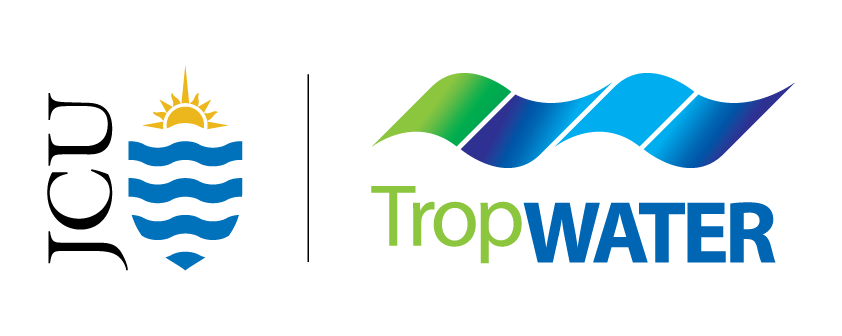
Great Barrier Reef, Herbert, Russel-Mulgrave, Tully-Johnstone
Location
This project uses high-frequency sensors at key sub-catchment sites to provide real-time data to growers.
By providing data to growers every 15 minutes, it is bridging the gap between complex water quality science and agricultural practices, building trust in locally relevant water quality science.
Growers can observe trends in water quality, which then informs on farm decision making to minimise environmental impact whilst also improving farm productivity.
Key points
Water quality monitoring for growers using high-frequency sensors
Nutrient and pesticide loss from paddocks into waterways
Growers rely on fertilisers and pesticides for productive crops. Yet these chemicals can be lost to waterways and groundwater, impacting freshwater and inshore marine areas.
Growers play a pivotal role in controlling nutrient and pesticide loss from their paddocks. By participating in water quality programs, growers can understand water issues and their off-paddock losses.
These programs build trust in water quality science, providing critical data to growers to confidently adjust their practices to reduce runoff.
Fine scale water quality monitoring helps growers
Our fine scale water quality monitoring program provides key data to growers and stakeholders, helping to improve farming practices across many catchments in the Great Barrier Reef, including the Herbert, Tully-Johnstone, and Russell Mulgrave.
We use high-frequency sensors at sub-catchment sites, showing nitrate levels every 15 minutes. Growers and advisors can access this locally relevant data through a user-friendly app and website. This allows farmers to make quick adjustments to farming practices, reducing runoff faster and more effectively.
First flush – the highest nitrate losses
A major focus is understanding nutrient loss during the ‘first flush’. This term refers to the first major rainfall or irrigation events of the wet season.
Farmers harvest sugarcane once a year during the dry season, and then apply fertilisers and pesticides, often near the wet season to aid new growth and to stop pests. Water quality monitoring has shown the highest concentrations of nitrogen and pesticides in waterways often occurs during these first rainfall and irrigation events. Up to 50 per cent of nitrate losses seen for the wet season can come from those first 2-3 first flush events.
This fine scale water quality monitoring allows growers to see in near real-time how their products are lost off the paddock during these events, as well as throughout the year. Growers can respond quickly to spikes in nitrogen levels, reducing fertiliser lost in runoff by carefully managing application methods and product choices.
Water quality knowledge gaps
Our high-frequency sensors represent a significant advancement over traditional methods, reducing costs, improving data timeliness, accessibility, and providing farmers with fine-scale, local data.
The sensor technologies allow us to fill critical knowledge gaps. We can collect detailed, on-site hydrological data, rather than relying on broad models that may not accurately reflect the real-world variations and scenarios happening in smaller farming sub-catchments.
This fine-scale monitoring means we can closely track changes in water quality on local scales, providing valuable information for growers and contributing to water quality science.
Improving science communication
While this program is bridging the gap between water quality science and agricultural practices, there needs a greater focus on how water quality data is communicated back to growers.
This project is now incorporating how to enhance extension staff’s understanding of water quality science and improve how they can effectively communicate it – paving a clear, strong, and united pathway forward.
Project details
This project is funded by the partnership between the Australian Government’s Reef Trust and the Great Barrier Reef Foundation, under the Regional Water Quality Program.
Research support

Research leads







